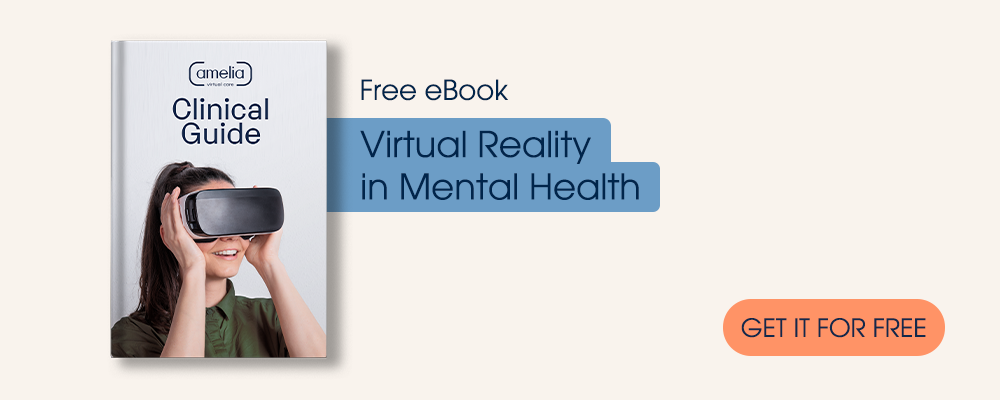It’s a well-known fact that having a solid support network of family and friends can help one’s mental health.
Unfortunately, many people in the LGBTQ+ community lack this type of support and frequently experience day-to-day prejudice based on their sexual orientation or gender identity.
It is a reality that those who identify as LGBTQ+ are at a much higher risk of developing mental health problems than the general population. This is largely because of the discrimination and homophobia they experience daily.
This blog post will explore mental health issues that people in this community regularly face, why they are at higher risk, and how virtual reality can help individuals with mental illnesses such as anxiety and depression.
LGBTQ+ Youth are particularly prone to mental health issues
One of the biggest myths is that simply identifying as LGBTQ+ is a mental illness, when in fact, many people develop mental health issues after experiencing stigma and discrimination.
Young people are especially vulnerable to mental health issues.
According to this study, LGB youth are more than twice as likely to report feeling persistently unhappy.
Transgender teenagers are more prone to depression, contemplate suicide, and attempt suicide than their cisgender lesbian, gay, bisexual, queer, or questioning peers.
Rejection and discrimination trauma are prevalent
The LGBTQ+ community has a higher rate of anxiety and depression for various reasons. One reason is that they are more likely to be the victims of bullying and violence. This can lead to feelings of isolation, low self-esteem, and fear.
The fear of coming out is a huge cause of depression and anxiety. Many LGBTQ+ individuals face rejection from their families, friends, and communities. This can cause them to feel alone, confused, and unsupported. People in the LGBTQ+ community are more likely to experience anxiety and depression because of the stress of hiding their identity. This can lead to feelings of shame, guilt, and fear.
LGBTQ+ individuals are at higher risk for hate crimes
Members of the LGBTQ+ community are more likely to be victims of hate violence than heterosexual people. In addition, adolescents, gay men, and members of the LGBTQ+ community from ethnic minority groups are also at higher risk of being victims of a hate crime.
Access to healthcare is also a risk factor for the LGBTQ+ community, as many have experienced discrimination or unequal treatment. This discrimination causes people to avoid seeking treatment when they need it, no matter what the reason.
Finding a trusted mental health provider is key
Many people in the LGBTQ+ community prefer a therapist or mental health provider who is also LGBTQ+ because they have a deeper understanding of their client’s unique issues.
Once a trusted therapy relationship is established, Cognitive-behavioral therapy (CBT) is an effective treatment for anxiety and depression. CBT helps patients identify and challenge negative thoughts and behaviors that contribute to their anxiety or depression. In addition, medication can be prescribed to help manage symptoms. Antidepressants, anti-anxiety medications, and mood stabilizers are all commonly prescribed to LGBTQ+ patients. Virtual reality technology has also shown a lot of promise for helping people with anxiety and depression.
How virtual reality can help
There are several ways that VR can help people with anxiety and depression. It can be used to expose people to their triggers in a safe environment, help them practice social skills, or provide them with a sense of control and mastery over their environment.
Studies have found that VR treatment for anxiety and depression has been most effective when used in conjunction with traditional therapy methods such as CBT. It’s been shown to relieve tiredness and tension while improving vitality and enjoyment.
Amelia VR offers a flexible and easy-to-use VR platform with over 70 virtual environments designed to be used by mental health professionals to apply traditional techniques in a controlled virtual situation. Some environments promote the practice of relaxation techniques through guided imagery and breathing exercises.
Virtual reality areas provide complete immersion, control of the settings, and the option to repeat events.













